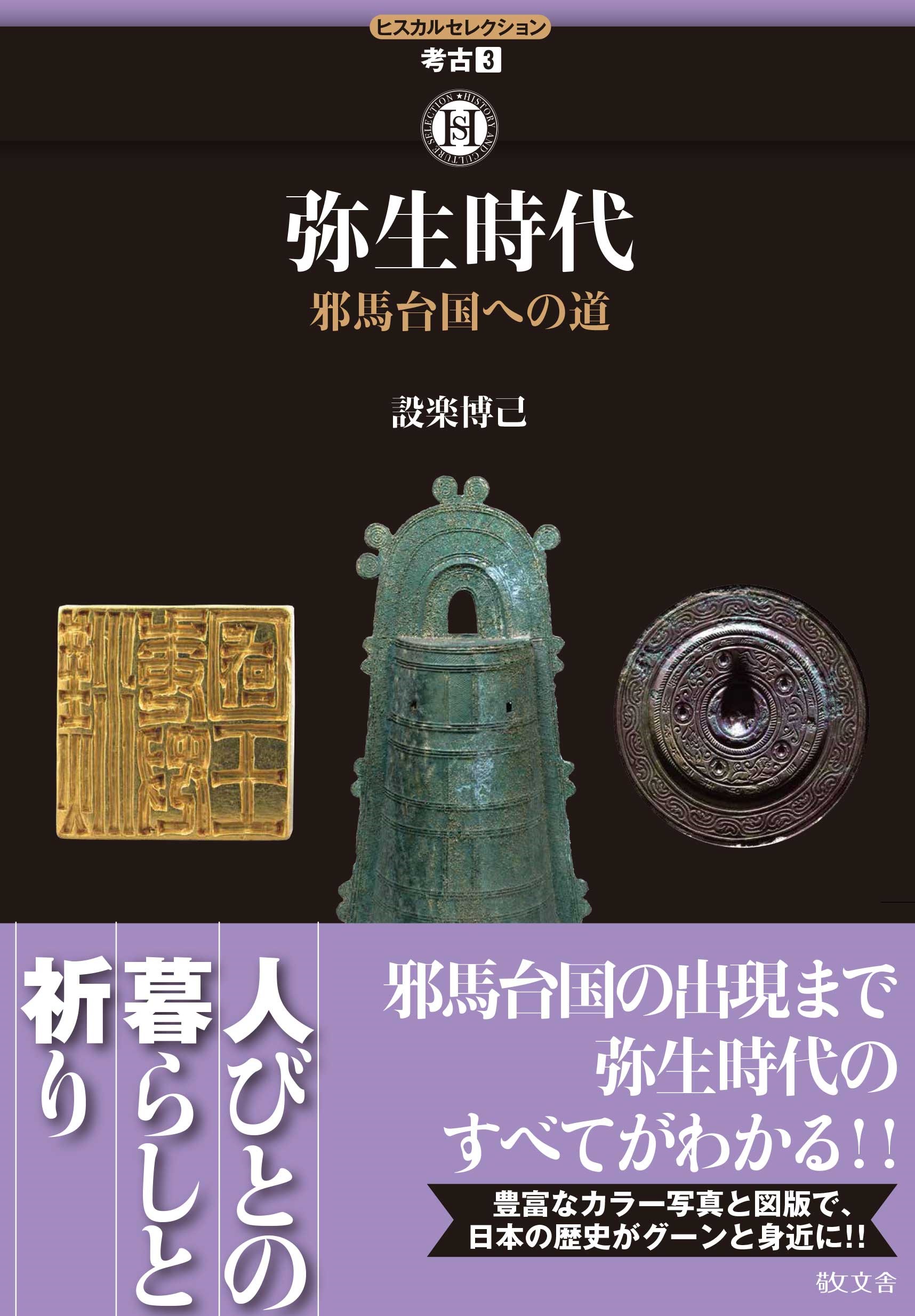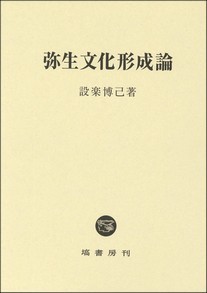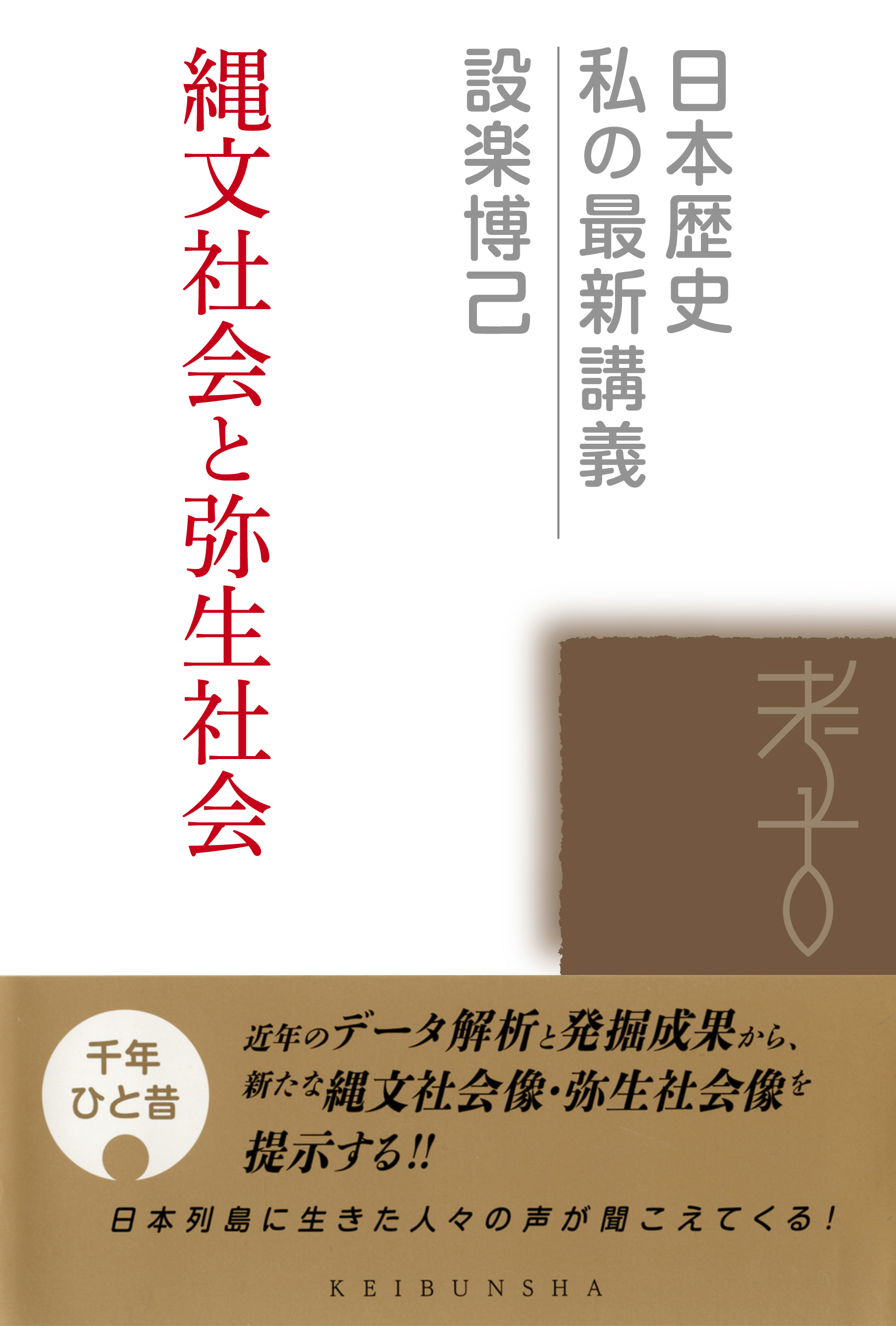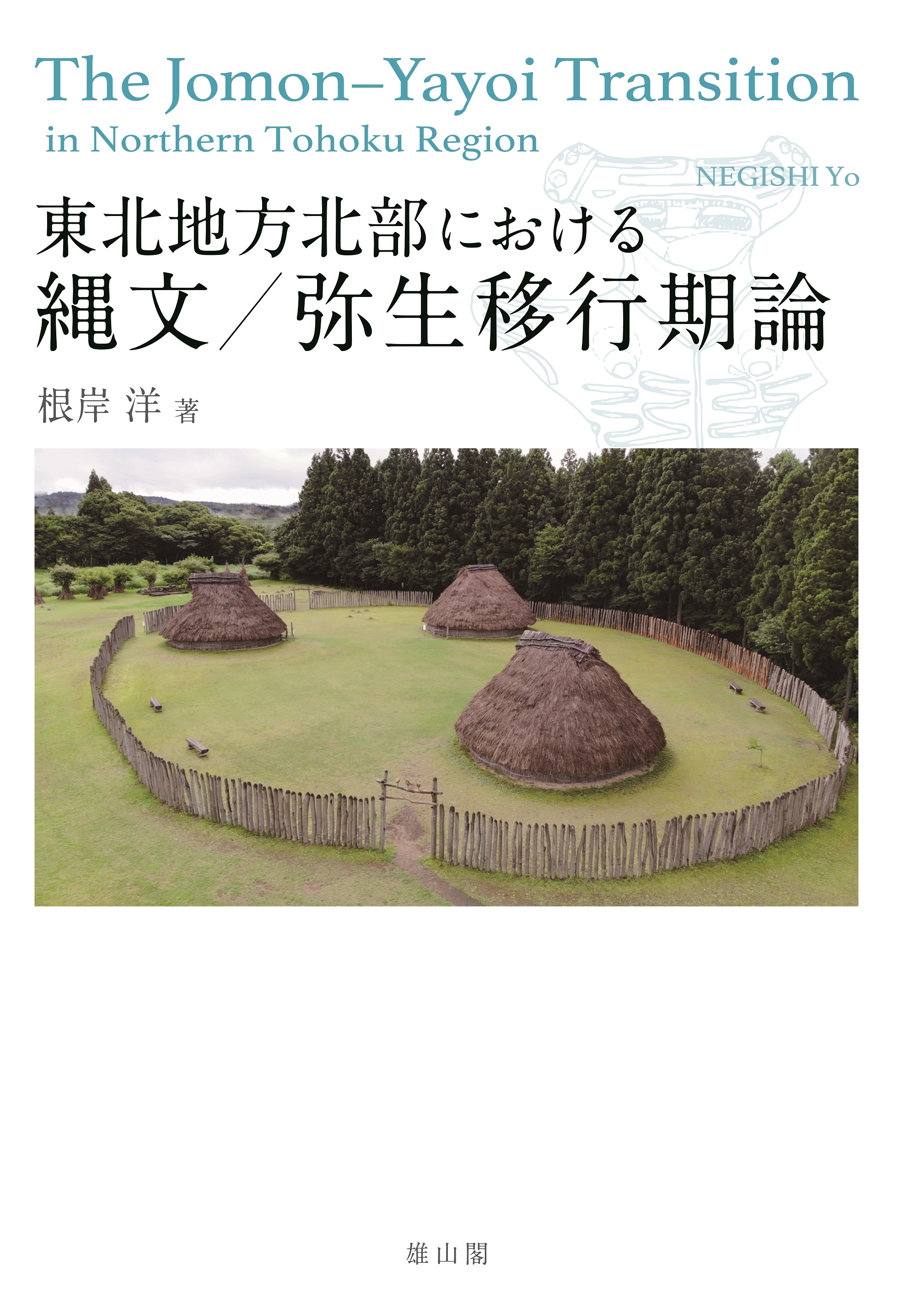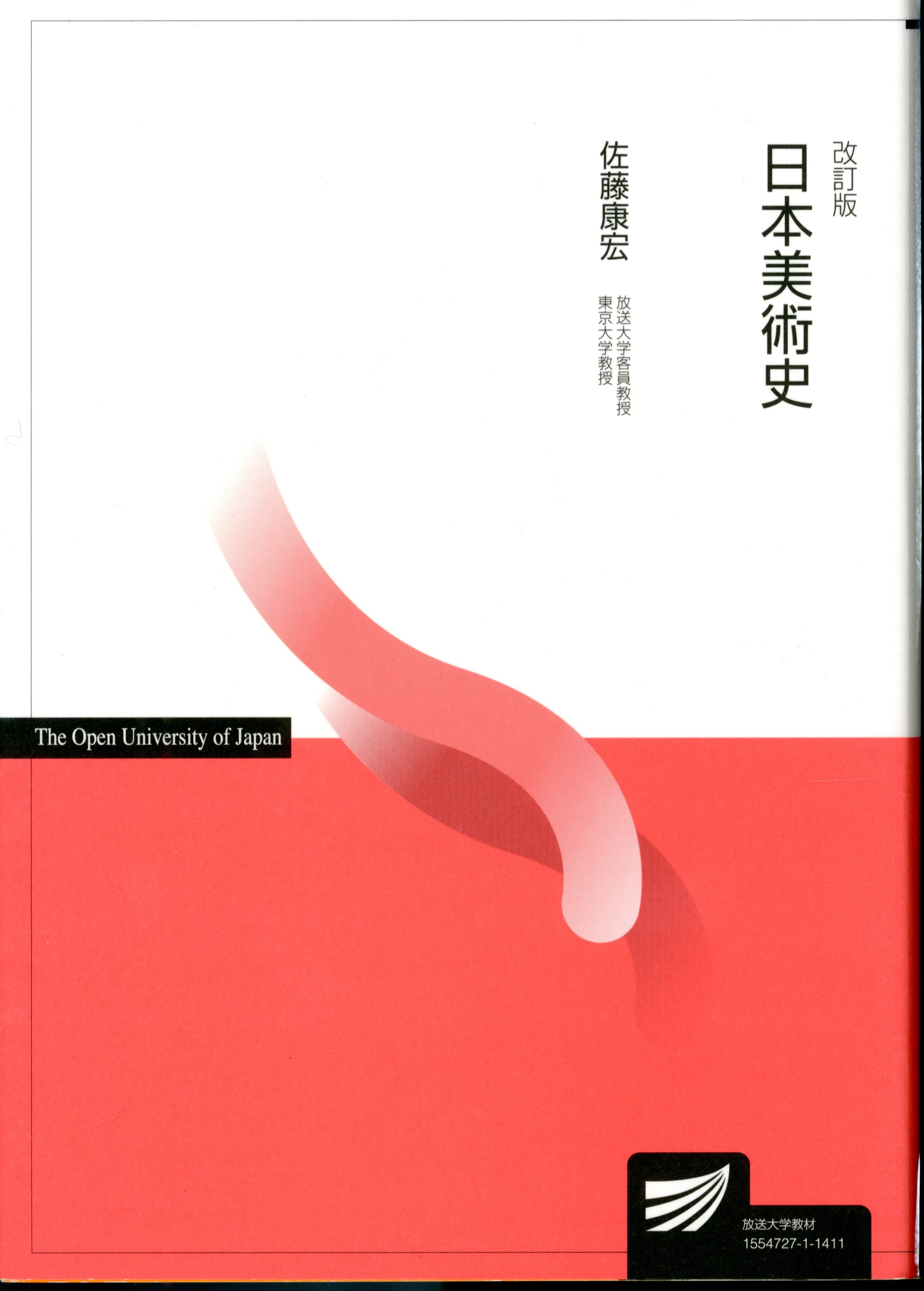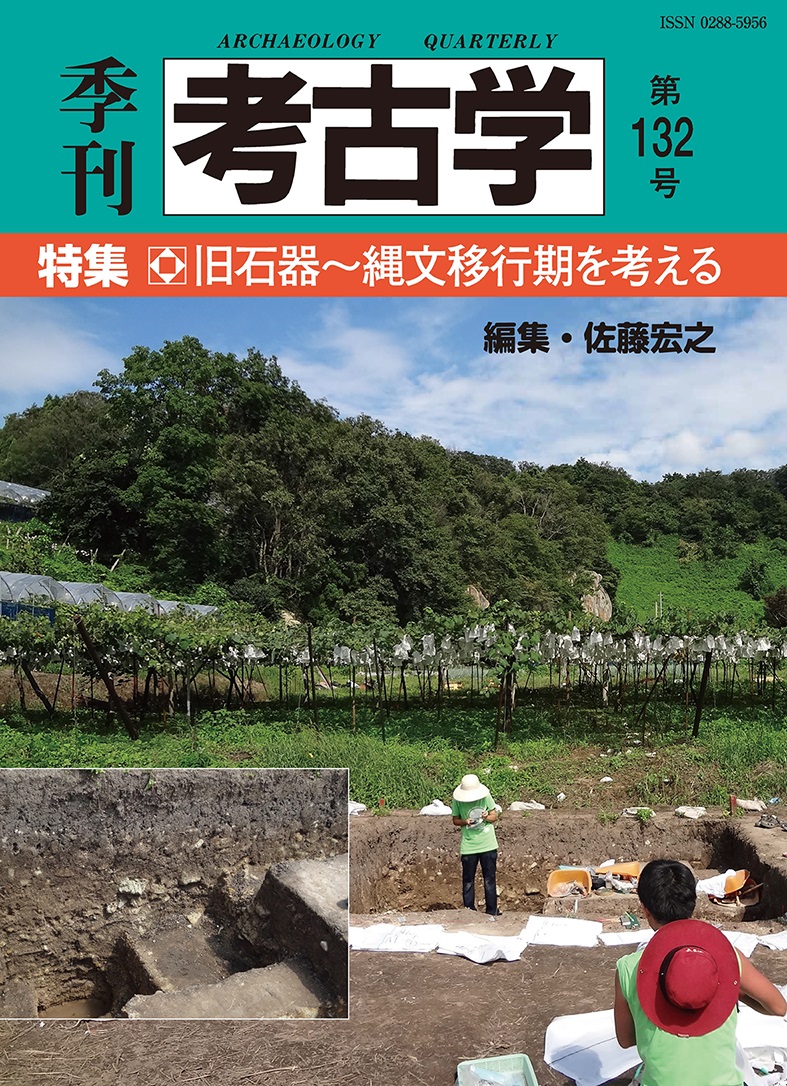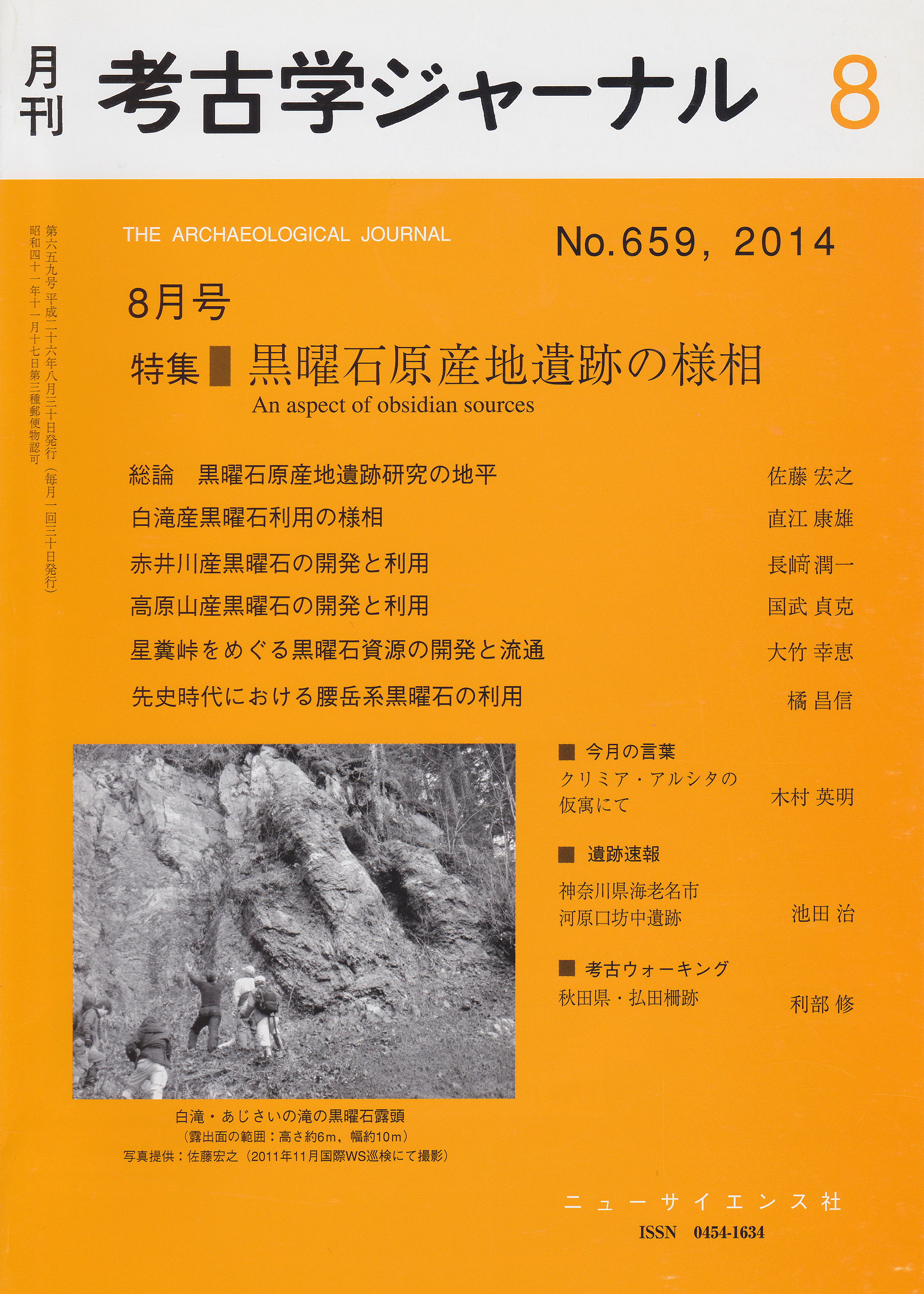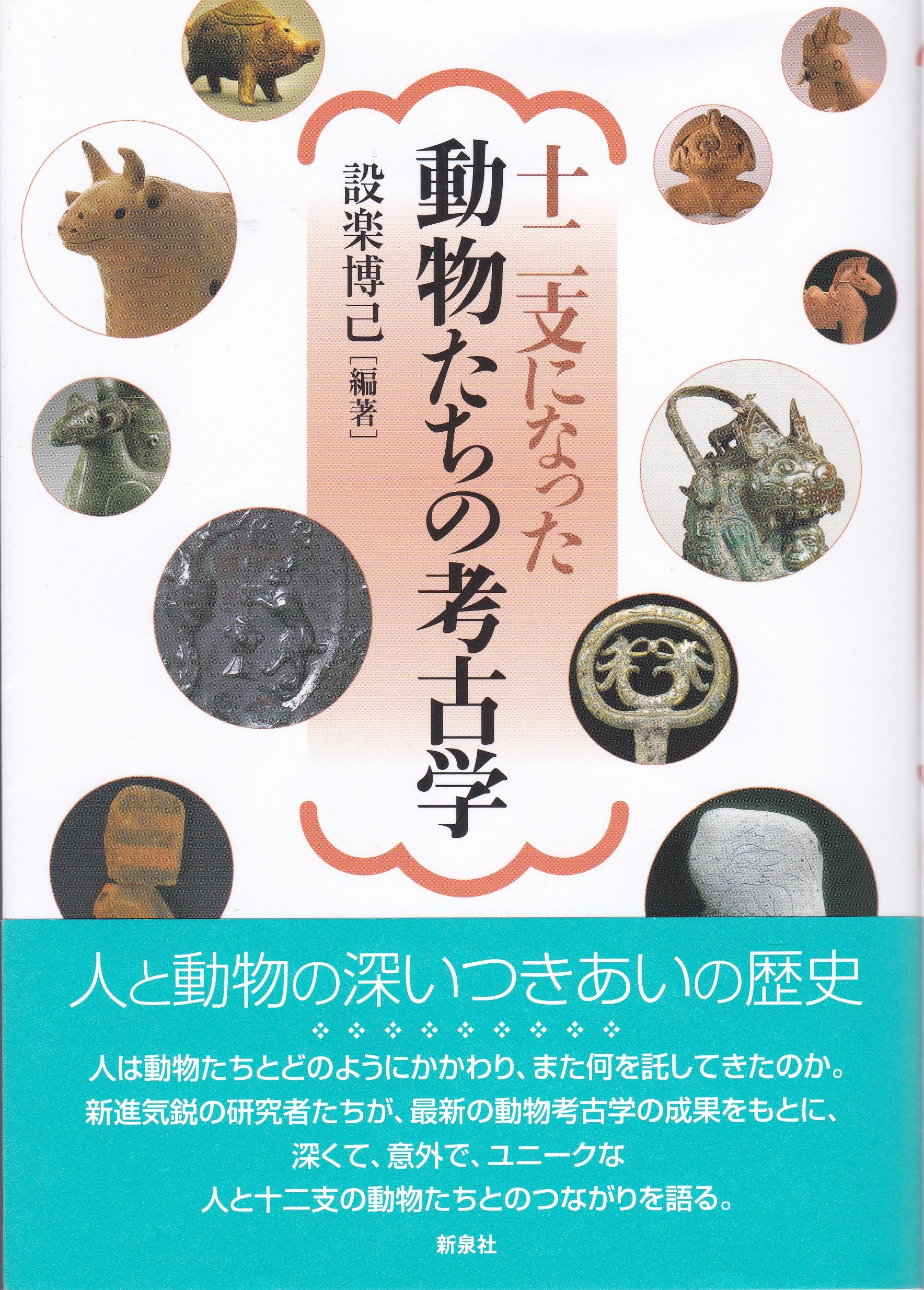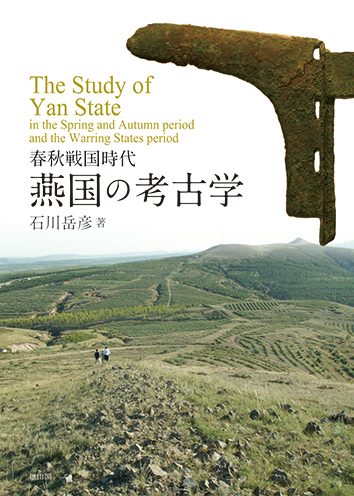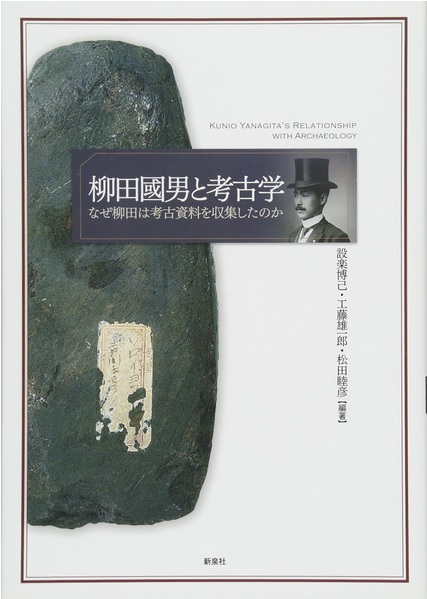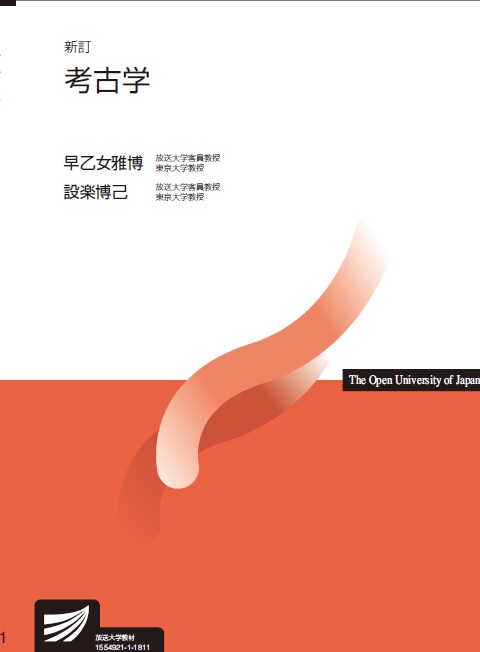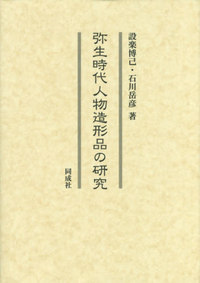
Title
Yayoi-Jidai Jinbutsu Zokeihin no Kenkyu (A Study of Human Figures of the Yayoi Period)
Size
302 pages, B5 format
Language
Japanese
Released
March 31, 2017
ISBN
9784886217585
Published by
Douseisha
Book Info
See Book Availability at Library
Japanese Page
Large numbers of paintings and three-dimensional figures are known from the Yayoi period. Paintings from the Yayoi period were executed on pottery and bronze bells, and three-dimensional figures were made of clay or by whittling wood and paring stone. The aims of studying these are many and varied, and one may be expected to be able to draw closer to spiritual life and the nature of society during the Yayoi period, aspects that cannot be easily elucidated by means of only pottery and stoneware.
The primary aim of this book was to carry out the basic task of bringing together all of the human figures among the three-dimensional figures and providing lists and drawings of them. We also set out to analyze them through comparison with human figures from the Jōmon period and similar artefacts in China, examine the meaning and character of changes that had occurred since the Jōmon period, and clarify the role played by human figures in Yayoi culture.
Human figures of the Yayoi period include human figure-shaped vessels, pottery with human faces, clay figures, stylized hourglass-shaped clay tablets, wooden figures, stone figures, etc. Having clarified how elements of Jōmon clay figures were carried over and changed in the Yayoi period, we discuss the character of these figures. Human figure-shaped vessels and pottery with human faces are found chiefly in eastern Japan, and they were buried in tombs in pairs as cinerary urns, one male and one female. Wooden and stone figures are found only in western Japan. A major characteristic of these too is that they were produced in pairs, one male and one female. Clay figures of the Jōmon period were almost all female, and there were no pairs of male and female figures.
Society in the Jōmon period was a hunter-gatherer society, and a sexual division of labour had developed, with hunting being regarded as men’s work and gathering nuts, berries, and so on as women’s work. It was probably because of this that most clay figures represented women. In contrast, farming is cooperative work performed by men and women together. The shift to pairs of male and female figures in the human figures of the Yayoi period was probably underpinned by the agrarian culture distinctive of the Yayoi period.
Until now the human figures of the Yayoi period, sandwiched in between important human figures in the form of the clay figures of the Jōmon period and the hollow clay figures (haniwa) of the Kofun period, have been treated as outcasts, as it were, and the reason that we focused on them in this book is that we thought that it might be possible to clarify the process whereby society and culture underwent major changes from the Jōmon period through to the Kofun period. As a result, we discovered something interesting about correspondences between human figures of the Yayoi period and those of China. In China, around the time when there was a shift from a hunter-gatherer culture to a full-fledged agrarian culture, there began to appear some male figures, though few in number, in addition to the hitherto predominantly female figures. In conjunction with the full-scale development of agrarian culture, jar type pottery also developed, and there appeared jar type pottery representing breasts. Once the Bronze Age began, it was mainly male figures that were produced. Not only did it become clear that the relationship between men and women is reflected in changes in human figures over time, but we were also able to trace changes similar to those to be observed in human figures from the Jōmon through to Kofun periods, albeit at a time difference of about one thousand years.
Archaeology does not merely involve chasing after the dates and lineages of artifacts. We hope that the reader will realize that by devising new ways of approaching the objects of analysis and new methods of analysis it is also possible to tackle questions about society.
(Written by SHITARA Hiromi, Professor, Graduate School of Humanities and Sociology / 2018)



 Find a book
Find a book


